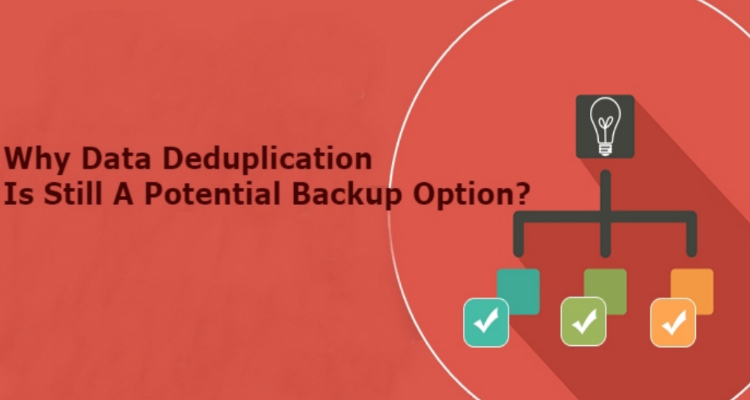Deduplication is a way old data recovery technique, but even after years long, the data center service is still going strength to strength. Data deduplication entered as a result of growing data volumes and organizations both small and large are striving hard to handle the data growth, which was back then a serious issue. While the management of this extensive data outbreak continues to be a major problem for the IT operators, the deduplication method has kept its purpose alive.
How evolved is data deduplication?
Even after a decade of its inception, data deduplication is still used by organizations and according to a Garnter analyst, the technique has now turned even more active that before. It has went on to offer more than what was simple replacement of tape backup with disk. Many organizations have added dedupe process to their data protection strategy in order to erase duplicate data, cut down the amount of data backup and also, reduce expenditure.
However, over the course of time, data deduplication went through rounds of advancement and it evolved from its legacy approaches to a much better version and it now functions to improve company's operational efficiency by enhancing backup and data recovery capability.
Data explosion is yet another thing that has driven this evolution. An organization alone generates terabytes and petabytes of data daily and we definitely need space to store this big amount of information. Since the last couple of years, there's been a great increase in the rate of data growth and this set of mission-critical information is crucial for the smooth flow of business operations. While we can't discard all of them, at least we can keep it from duplicating and eating up a lot of space. That's where deduplication helps; it lets you store essential data and recover it in real-time when required.
But you need to understand that there are different types of dedupe products and not all are meant to serve same purpose. Each is designed to deliver unique feature and support different requirements. So you need to find out the right type that could best suit your needs and enhance the functionality of the current system.
Global source-side vs. target deduplication
The technology implemented in the organization also plays a major role in defining the type of dedupe your business will require. Target deduplication is a traditional process that was used highly a couple of years back, but soon it proved inefficient as it failed to meet the advancing demands. Since this type of depupe struggled to fit itself in larger environment, the adoption rate of global source-side grew swiftly. It creates backup of all data at source, shared the de-duplicated data across all the network and enables users to complete backups faster, and enhance overall performance.
In addition, it also provides cost-benefits and scalability that organizations demand for, thus reducing backup storage footprint.
Organization will continue to implement data deduplication technique in their strategies as long as it ensure to stay ahead and meet the changing demands.

